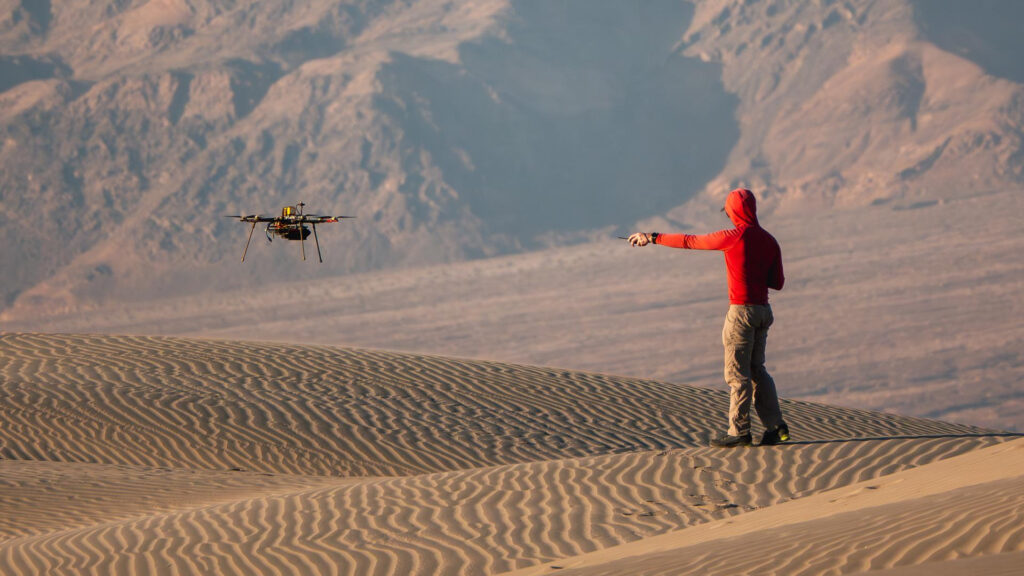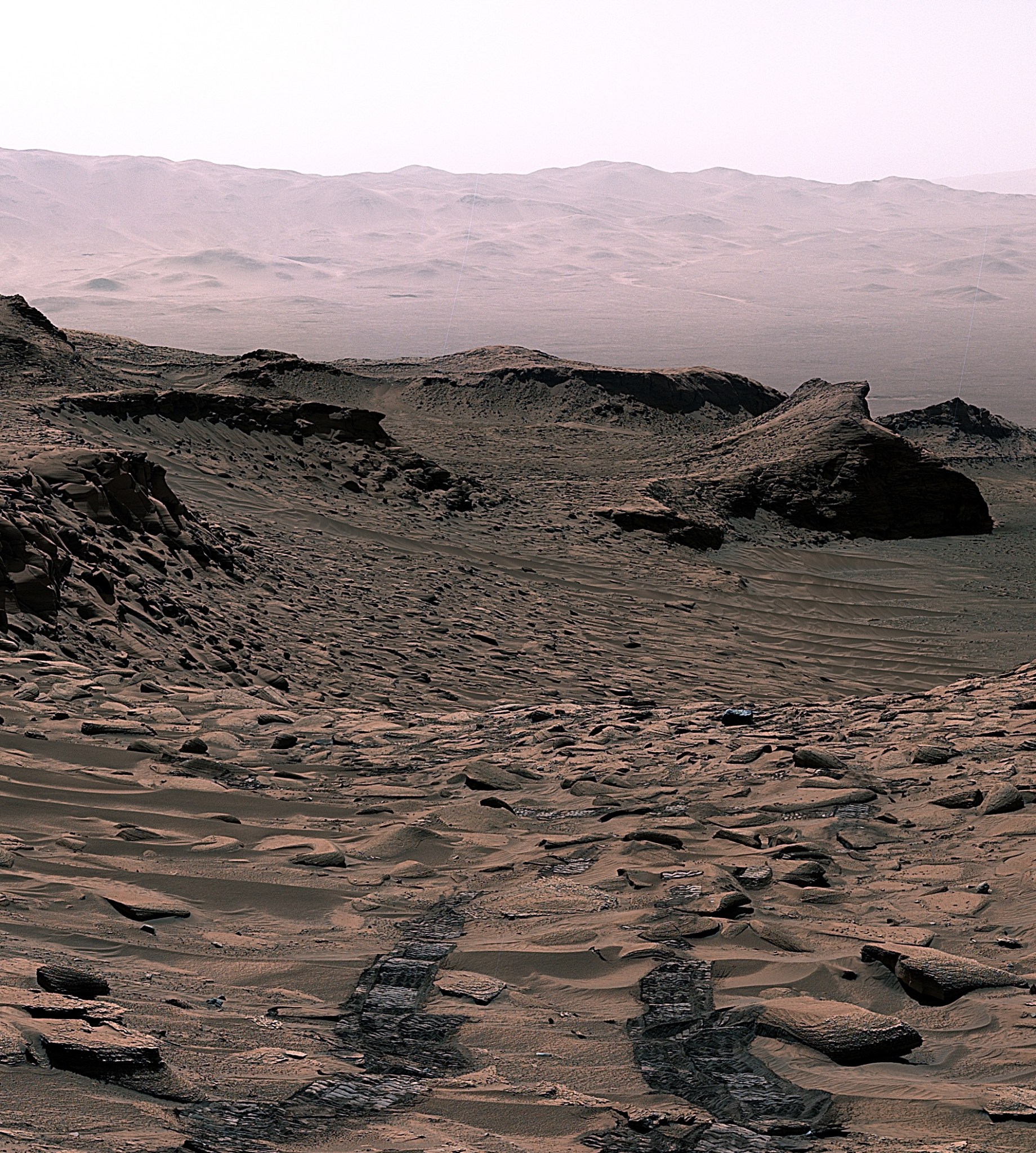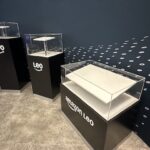Now Reading: Altair Hypercam 26C APS-C Colour TEC astronomy camera review
-
01
Altair Hypercam 26C APS-C Colour TEC astronomy camera review
Altair Hypercam 26C APS-C Colour TEC astronomy camera review
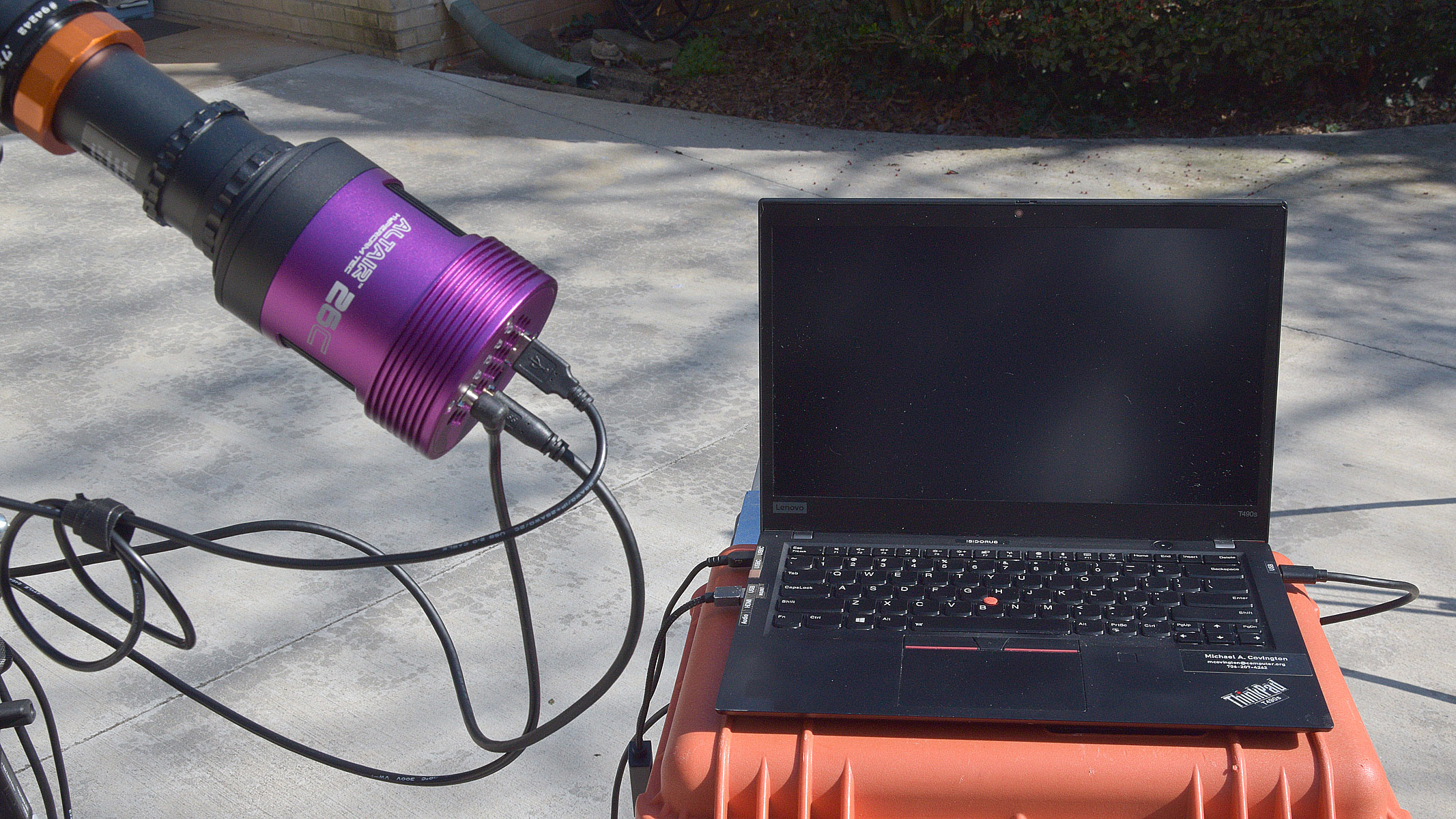
Altair Hypercam 26C APS-C Colour TEC: Key Specs
Sensor: Sony IMX571 (6224 × 4168, 26 MP, 23.4 × 15.7 mm)
Pixel size: 3.76 µm
ADC: 16-bit
Cooling: Thermoelectric
Interface: USB 3.0 and 2.0
Attaches via: 42-mm thread, 17.5-mm back focus
The Altair Hypercam 26C APS-C Colour TEC Astronomy Camera is a reliable, future-proof camera that’s well suited to experienced astrophotographers. It has a Sony IMX571, an industrial-level sensor that is not found in many of the best cameras for astrophotography, but it gives you better astrophotos for two reasons. First, it’s thermoelectrically cooled to greatly reduce thermal noise. Second, it delivers a truly raw image, with no corrections or compression applied inside the camera, so there is no risk of losing any subtleties that the camera captured. As a third bonus, it has no shutter vibration because there’s no shutter. Suppose you aren’t an experienced astrophotographer or would prefer a mirrorless option with excellent low-light performance. In that case, we recommend the Nikon Z8, which earned five stars from us due to its detailed shots and excellent noise handling.
The Altair 26C is a one-shot color camera; that is, the pixels are behind a red-green-blue Bayer matrix just as in a DSLR. That means it’s not the most advanced kind of astrocamera; even more serious astrophotographers use a monochrome camera with alternating color filters. Many of us feel, however, that one-shot color is just fine nowadays. We get more pictures with less work.
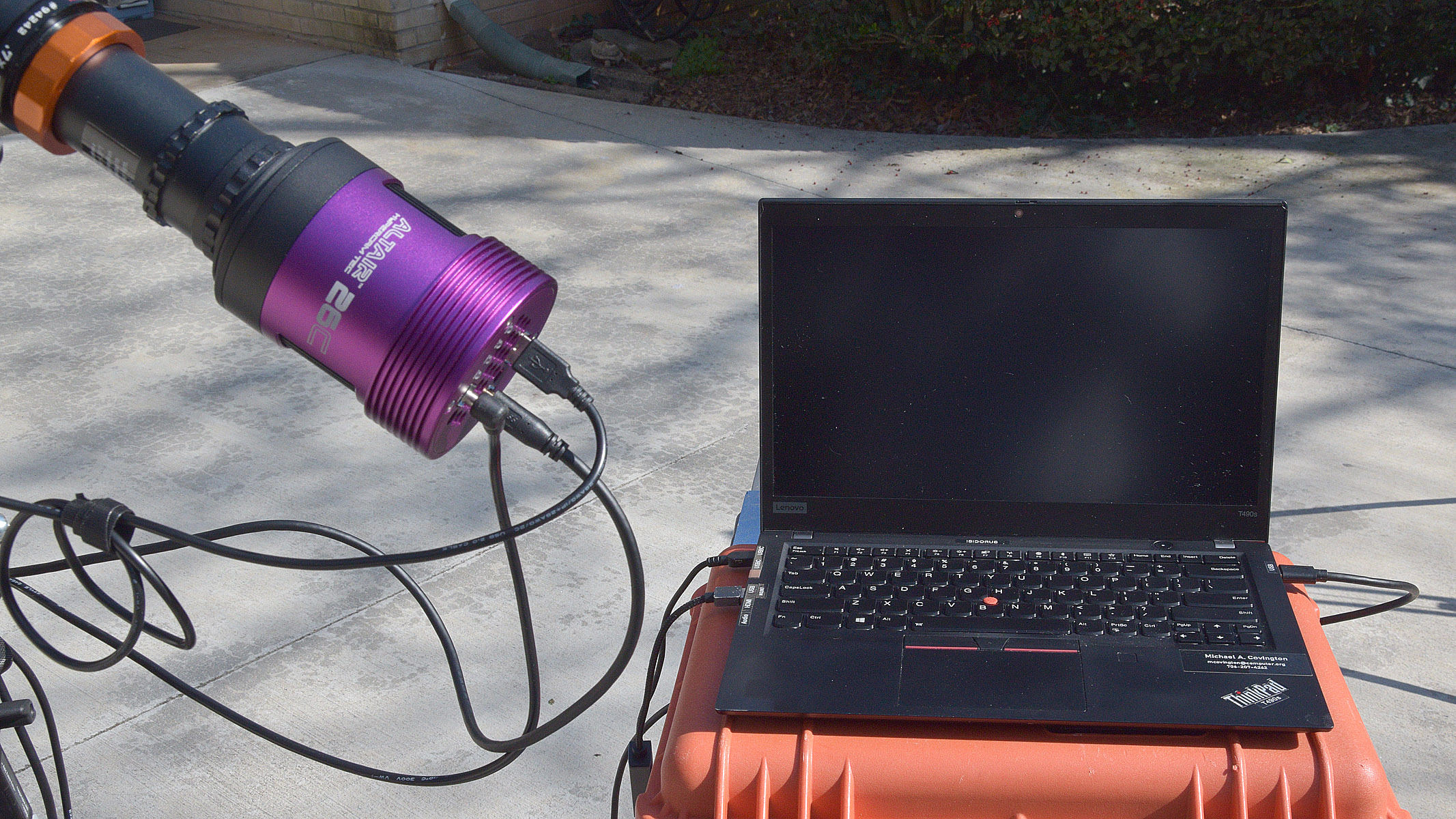
The downside of using an astrocamera is, of course, that it has to be connected to a computer, using software such as Nighttime Imaging ‘N’ Astronomy (which is available for free via the N.I.N.A. website). That’s one more piece of gear, but the ability to control the camera and telescope together, from one keyboard and screen, is well worth it.
Altair Hypercam 26C APS-C Colour TEC astronomy camera review
Altair Hypercam 26C APS-C Colour TEC: Design
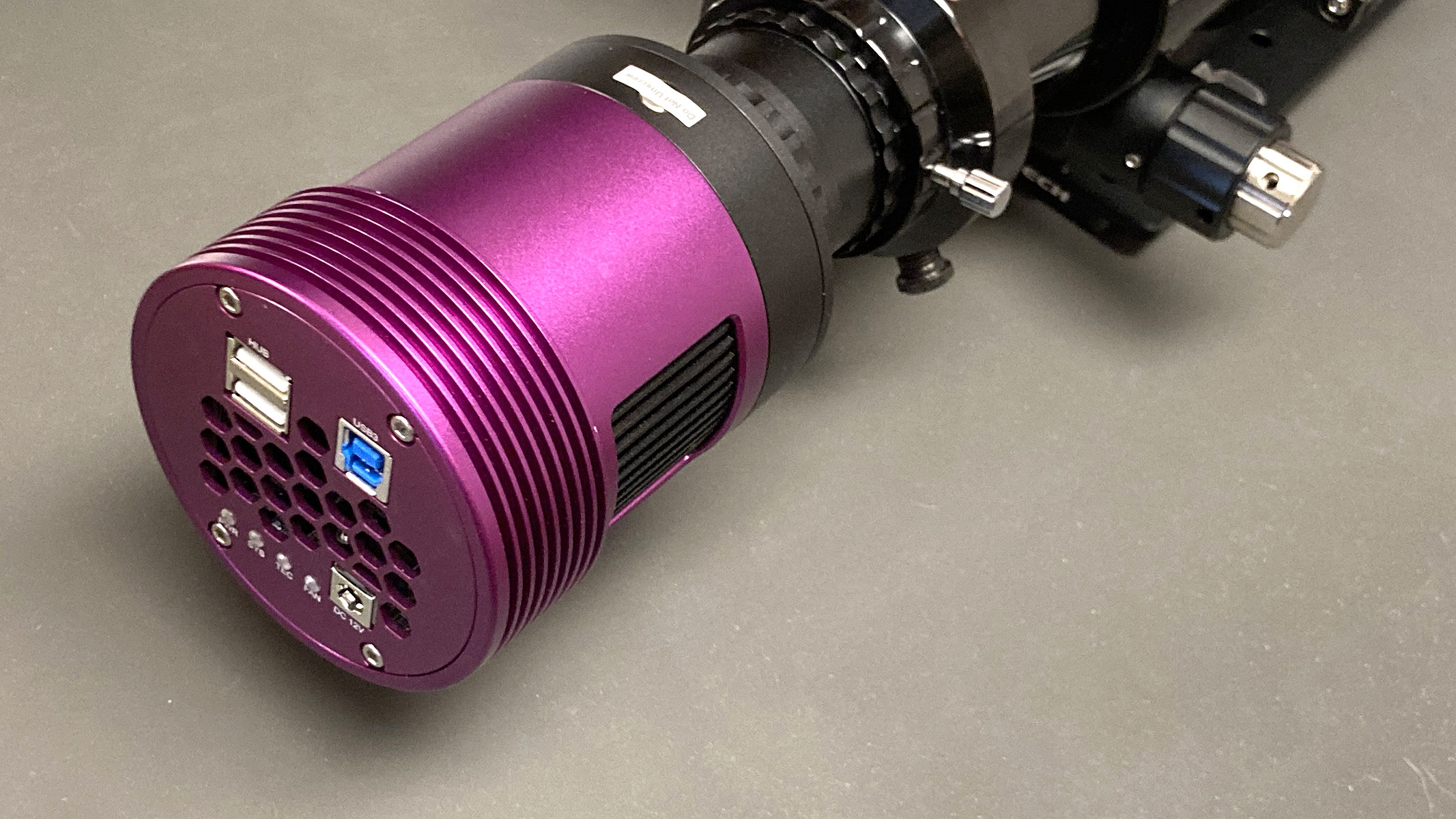
★ ★ ★ ★
Among astrocameras in its class, the Altair 26C strikes me as very solidly built, in a gleaming, purple-anodized housing that is also its heat sink. A UV-IR-cut filter is included, so that’s one accessory you won’t have to buy. One nice extra touch is that it includes a small heater to keep the window from fogging up when the sensor is chilled to a low temperature. There is also a built-in USB 2 hub to save you from running cables to the telescope for additional USB devices, such as a guide scope.
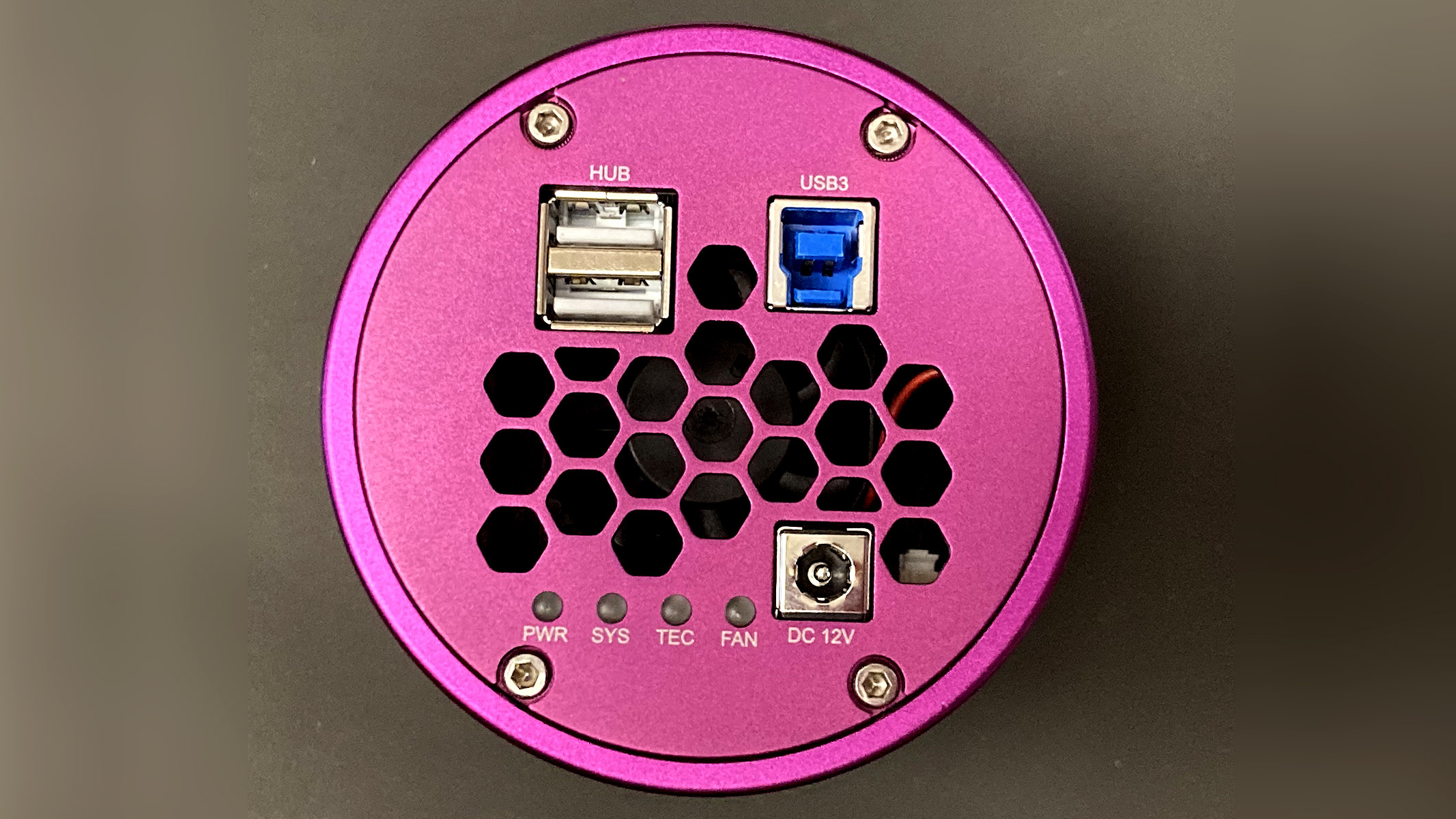
The camera goes on your telescope in place of the eyepiece — approximately. It is bigger than a normal eyepiece and attaches with a 42-millimeter thread and the traditional 17.5-mm flange-to-sensor distance. Altair makes a wide range of adapters and spacers to fit it to any particular telescope (and some camera lenses). Rather than working this all out yourself, I recommend simply telling them what telescope you are going to use, and they’ll advise you from there. The adapters are very much the same as they are for other brands of astrocameras.
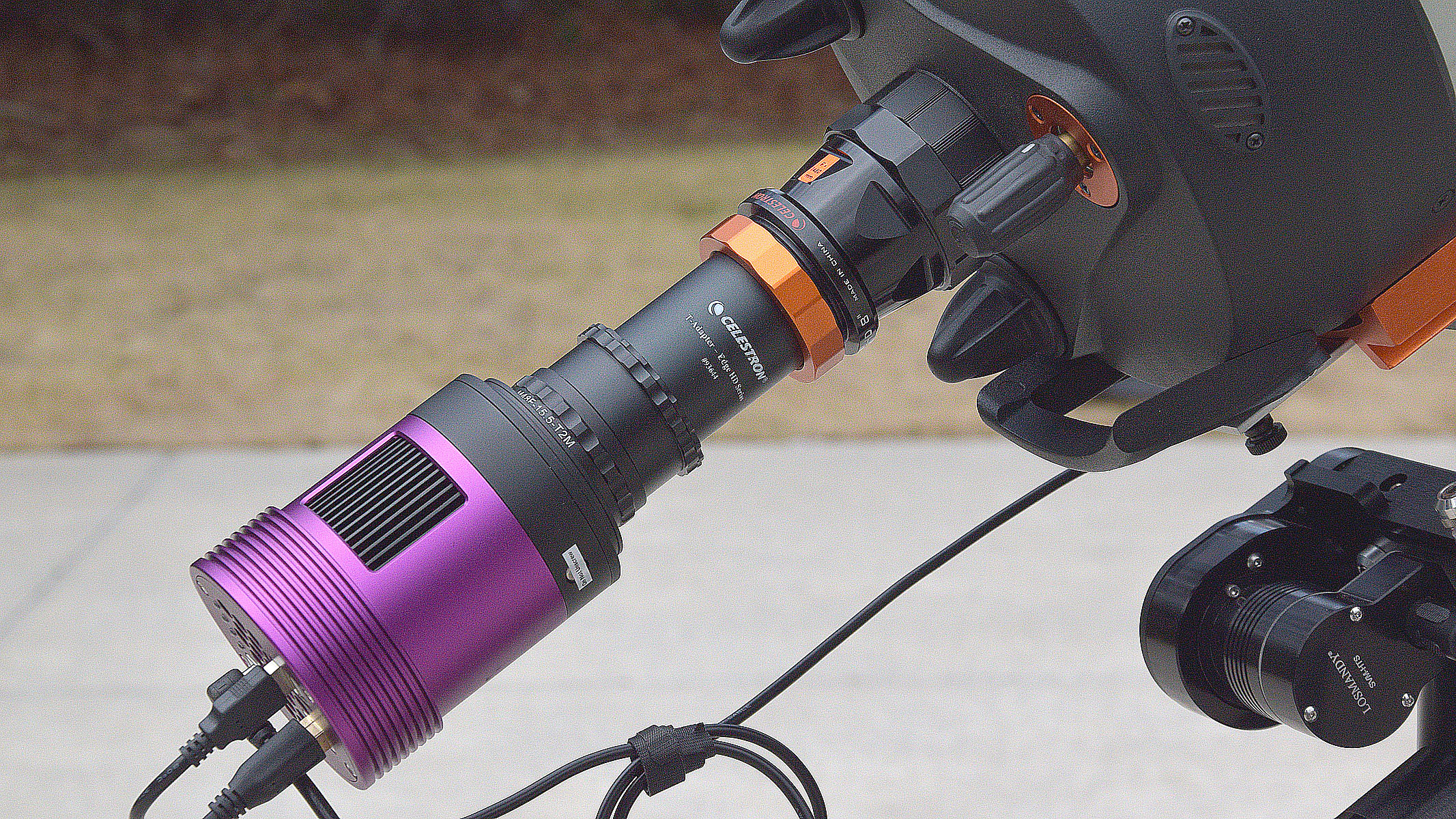
The one thing about the design that annoys me is the 13.0-volt maximum power supply voltage. The power module supplied by Altair conforms to this limit, but many other allegedly 12-volt power supplies actually deliver 13.8 volts (the voltage of a running automobile) and would damage the camera. Most other 12-volt astronomy gear is good up to 14 volts, and it’s inconvenient that this one isn’t. For the best results, use it only with its own power module or 12-volt batteries.
Altair Hypercam 26C APS-C Colour TEC: Performance
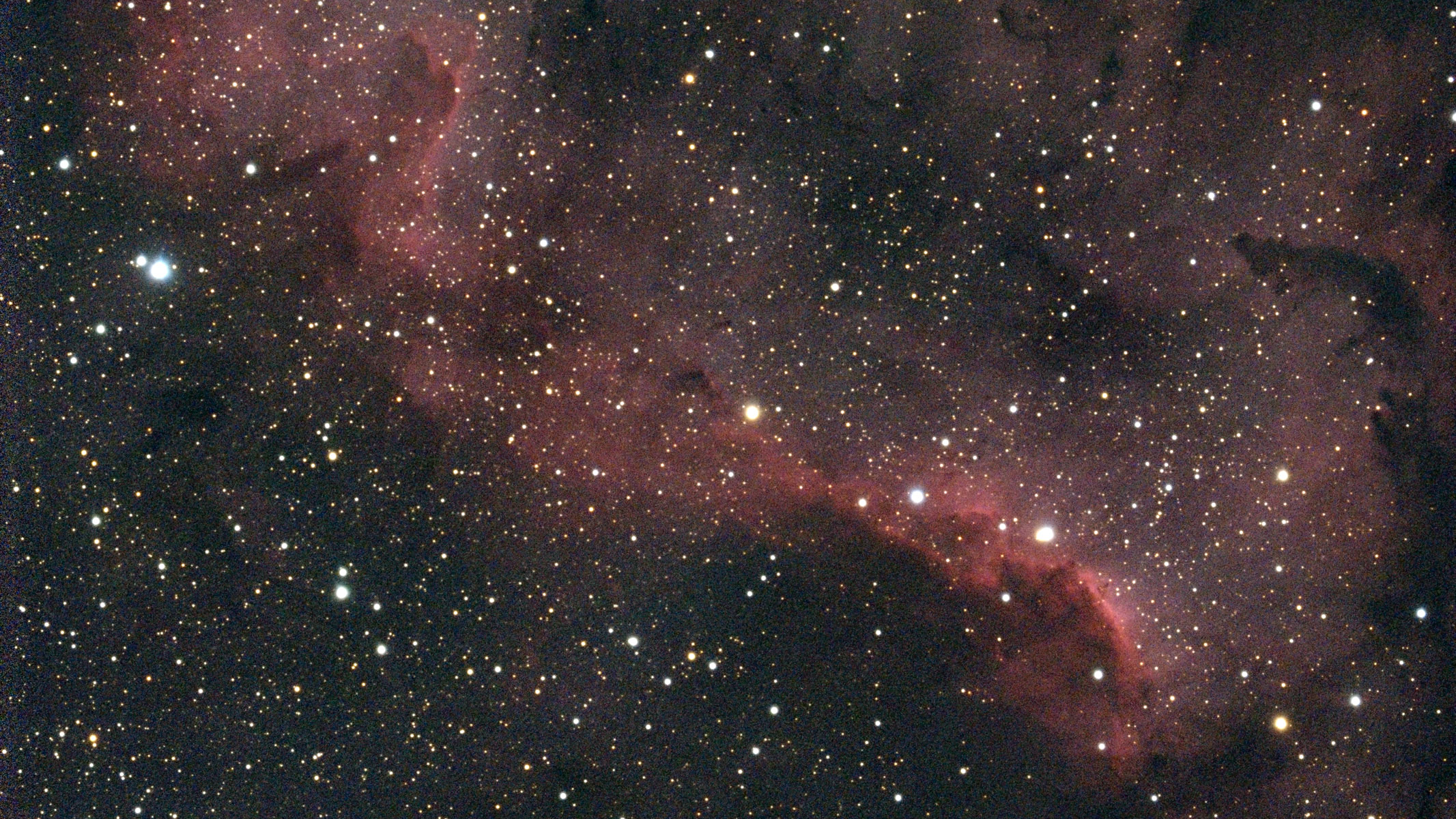
★ ★ ★ ★ ★
The main thing an experienced astrophotographer wants from a camera is no surprises. That’s what the Altair 26C delivers. I had no trouble getting it going with Altair’s own software (always the best way to test a new camera), then SharpCap, then N.I.N.A., which I normally use for deep-sky photography. Soon, my computer, camera, telescope, autoguider and mount were snapping away short exposures of the deep sky (without any snapping sounds, of course) while I monitored the computer remotely from indoors.
I particularly want to give the Altair 26C kudos for not being finicky about USB cables. Mine worked fine with every USB-3 cable I tried, and also with a USB-2 cable, at a lower data rate. With some cameras, USB connections can be tricky; I have never had that happen with this one. Part of the credit surely goes to Altair’s software drivers, not just to the electronics.
With such a low-noise camera, I was able to go very deep, even from my in-town location, where stars are visible only down to magnitude 4 with the unaided eye. The deep-red response is excellent, and I have captured faint hydrogen-alpha nebulas without needing filters.
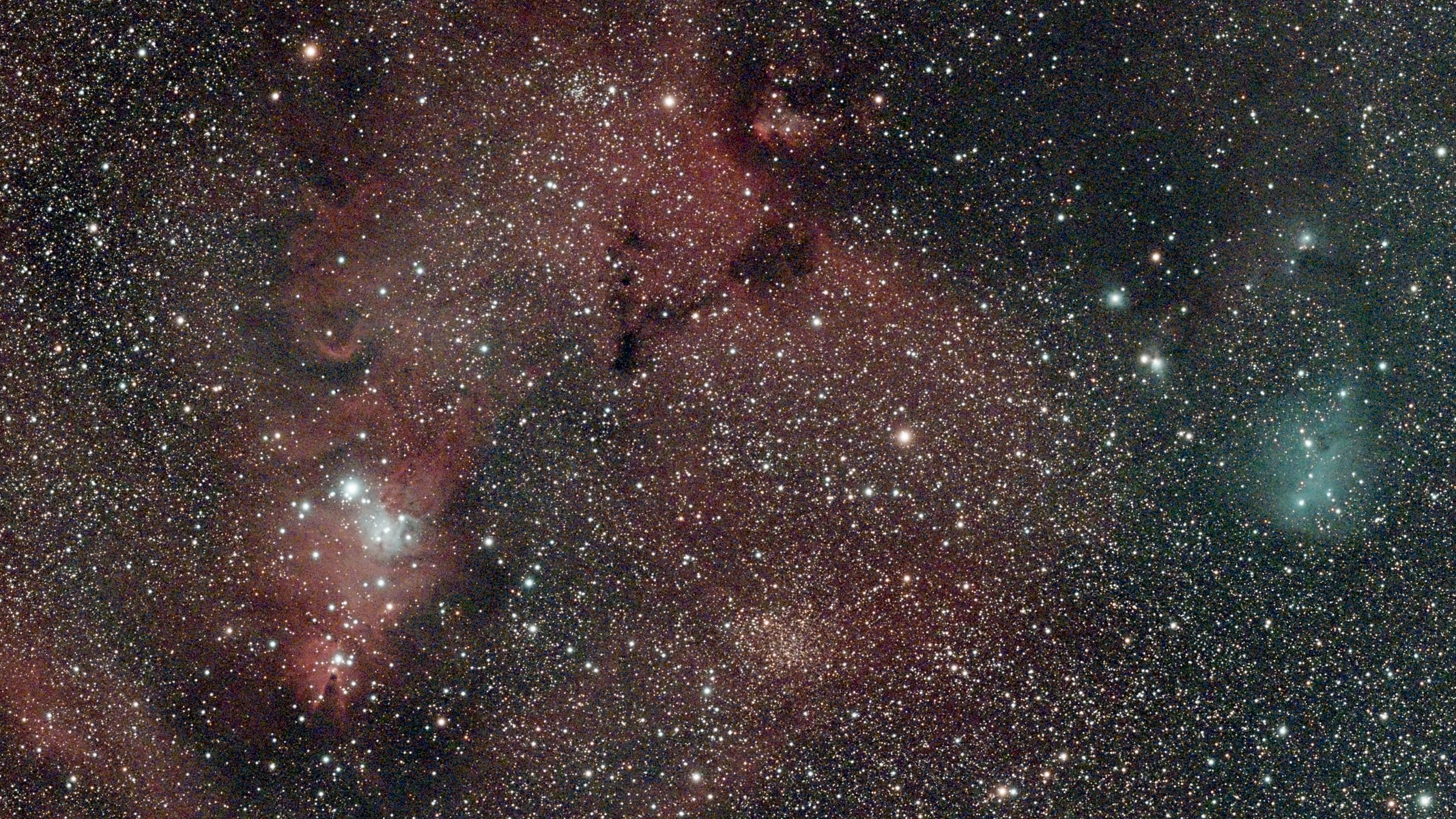
With the Altair 26C, “it just works.” That is, with all applicable software, in my experience, this camera does what it’s supposed to do, without quirks. And if questions arise, Altair’s user support is second to none; they respond quickly to questions and are personally acquainted with many of their customers worldwide.
Altair Hypercam 26C APS-C Colour TEC: Functionality
★ ★ ★ ★ ★
This is an advanced, high-performing astrocamera. The 26-megapixel sensor in the Altair 26C is APS-C-size, 23.4 x 15.7 mm (0.92 x 0.62 inches), which is a good match to the images formed by telescopes; it’s comparable to a large eyepiece. The pixels are 3.76 microns (µm) square — small enough to capture fine detail but big enough to catch plenty of light. The quantum efficiency can exceed 90%, meaning no sensor is ever going to be appreciably more sensitive to light.
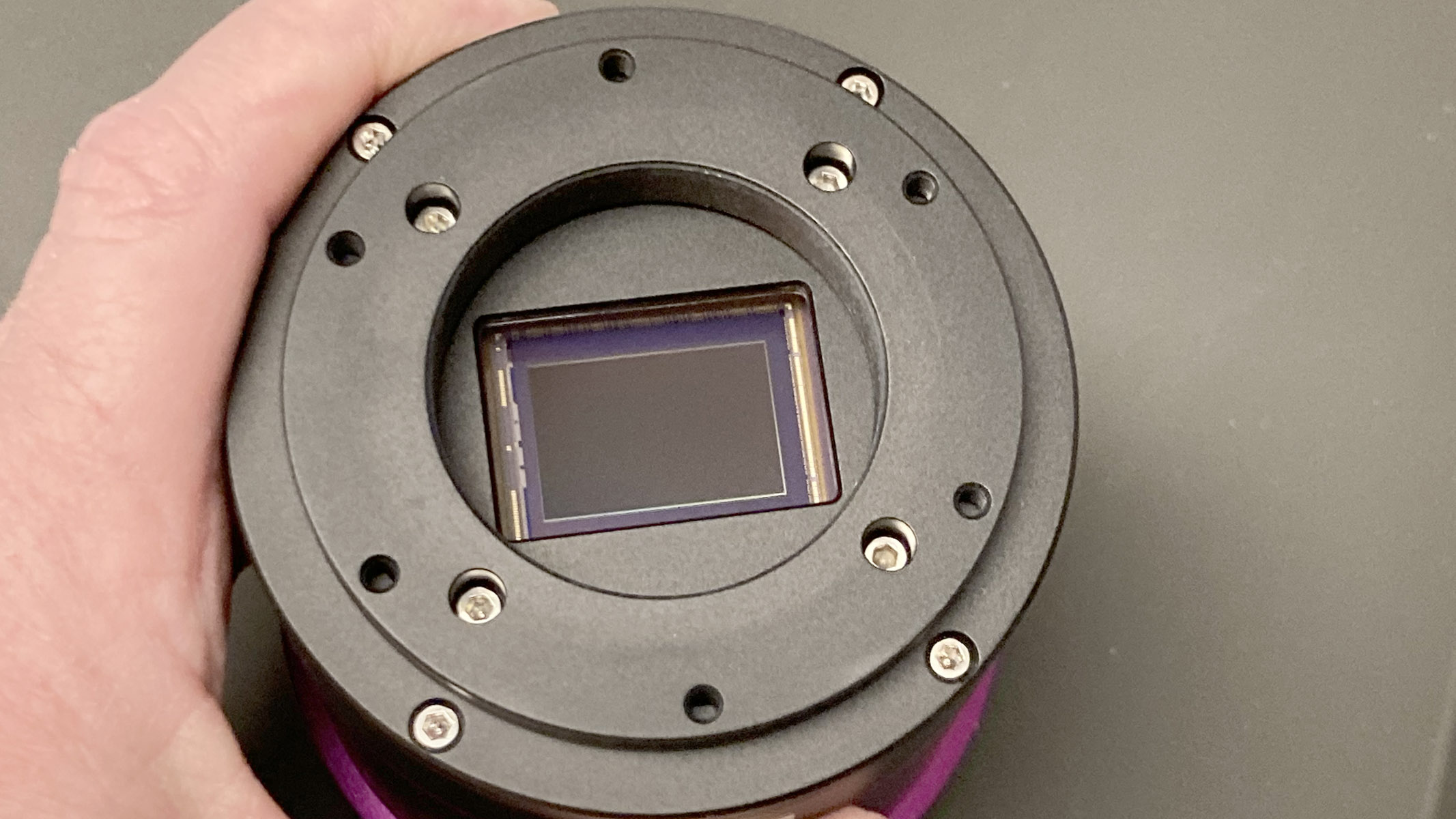
This sensor has no “amp glow” (electroluminescence); there’s no need to subtract an extraneous glow on one side of the image. I did do normal subtraction of dark frames, but with thermoelectric cooling at 32 degrees Fahrenheit (0 degrees Celsius), there was little thermal noise. And if you use dithering, dark frames may not be necessary.

This camera also has an unusually large dynamic range that allows it to capture faint and bright objects in the same picture. All of the available gain settings are above unity gain, so you’re not losing anything, no matter what you choose. Use a setting that raises the sky background above zero but does not overexpose it. I usually use gain = 100, offset = 256; or gain = 300, offset = 1024. Sensor performance graphs are on Altair’s website.
In summary, this is a full-featured camera you won’t outgrow anytime soon. Among cameras in its size class to use with small- to medium-sized amateur telescopes, it has everything you might wish for.
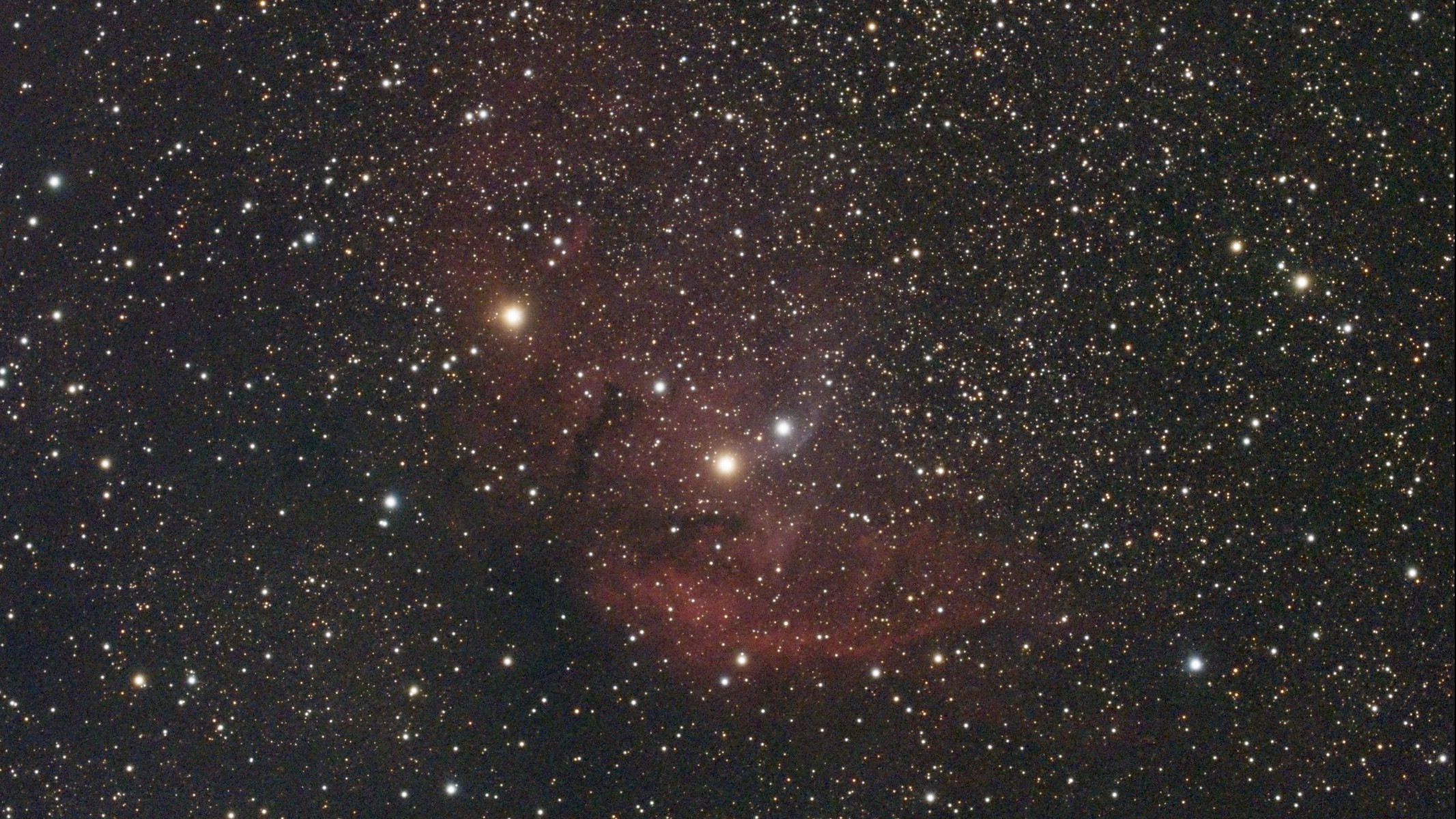
How we tested the Altair Hypercam 26C APS-C Colour TEC Astronomy Camera
I used this camera regularly (weather permitting) for deep-sky photography from my yard in Athens, Georgia. Images were collected with N.I.N.A., processed with PixInsight, and critically evaluated against images taken with other cameras using the same telescopes and lenses. Instruments coupled to the camera included a Celestron EdgeHD 8-inch with an f/7 compressor (1,480 mm focal length), an AT65EDQ apo refractor and an Askar ACL200 200-mm astrographic telephoto lens. Some of the results are displayed here.
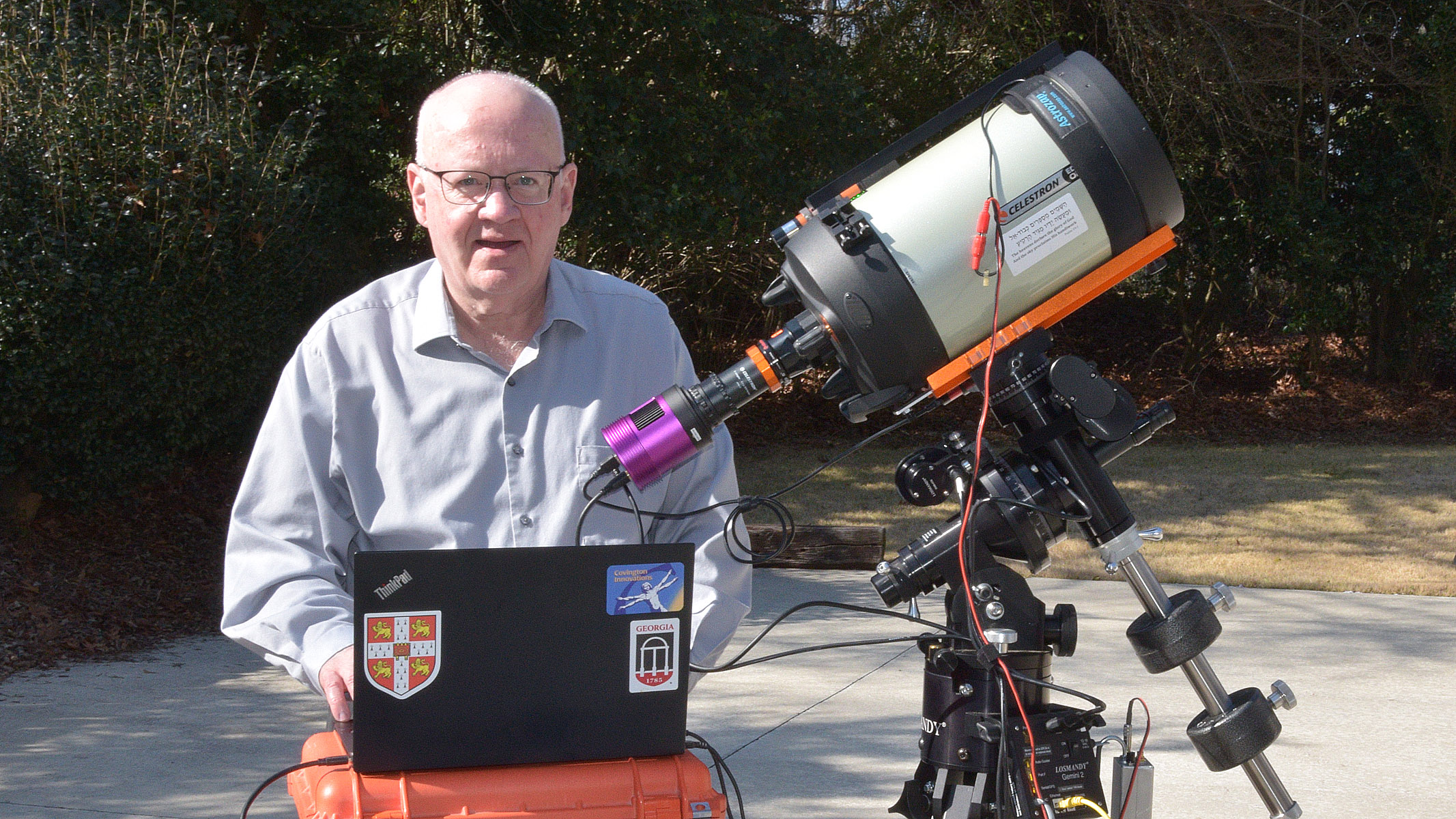
Should I buy the Altair Hypercam 26C APS-C Colour TEC Astronomy Camera?
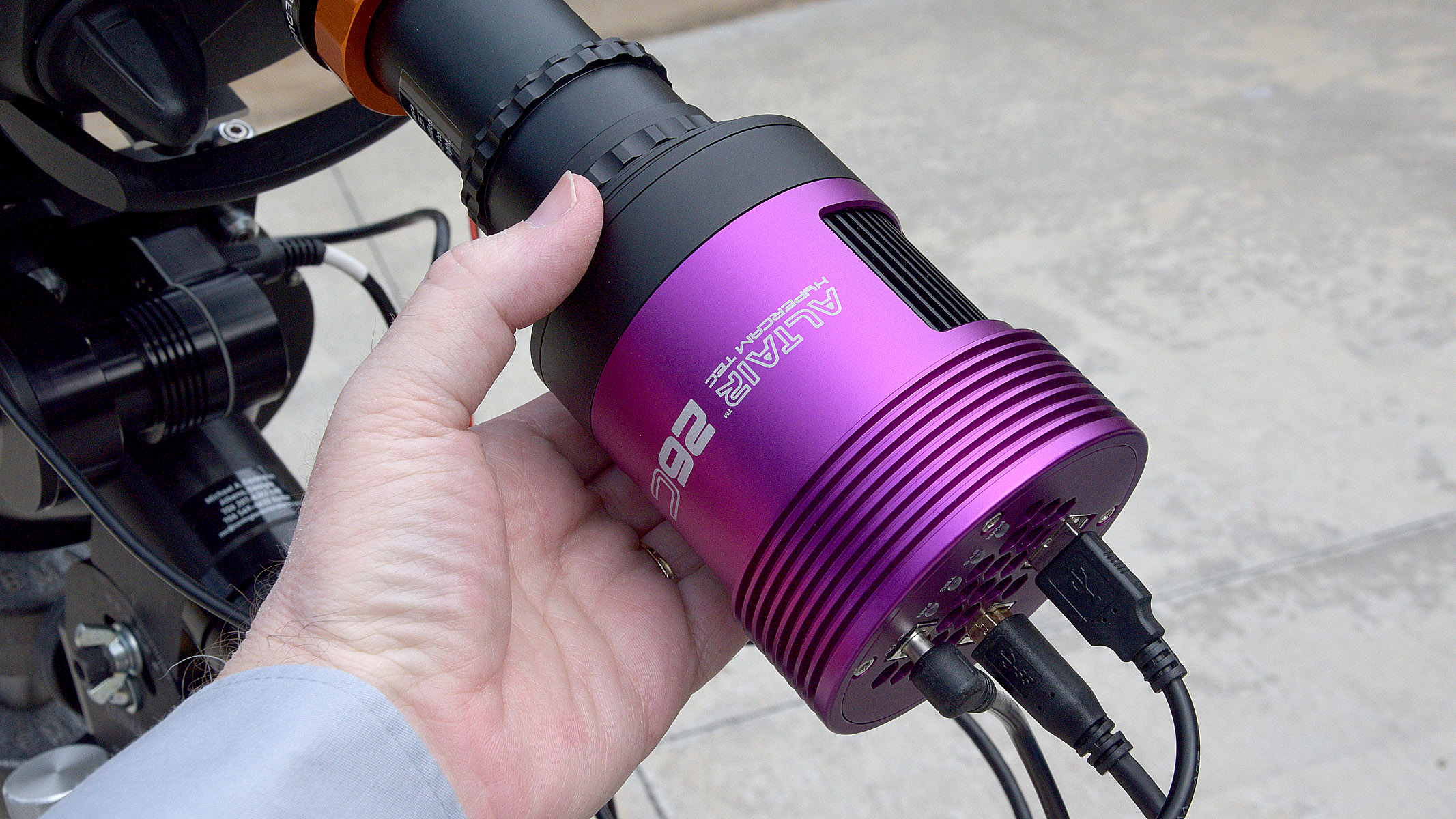
Buy it if:
✅ You are an experienced astrophotographer: This model suits an experienced astrophotographer who wants a convenient and high-performance camera that they won’t outgrow.
✅ You want excellent user support: Altair has excellent U.K.-based user support for getting started with and operating their cameras.
Don’t buy it if:
❌You require heavy narrowband filters: If you are operating in an environment that requires heavy narrowband filters for your astrophotography, a mono camera with manually chosen color filters may suit your needs better.
❌You are an astrophotography beginner: This model is quite expensive, so a beginner would be better suited to a mirrorless camera or a less expensive astrocamera model to develop their skills.
The ideal owner of the Altair Hypercam 26C APS-C is an experienced astrophotographer who wants both the convenience of a one-shot color camera and a high-performance camera that they won’t outgrow.
There are competing cameras with the same sensor that should have virtually identical performance; they include the ZWO ASI2600MC Pro and the ToupTek ATR2600C. I chose the Altair Hypercam 26C APS-C for the price, the user support and the vendor’s location (England). Note that Altair’s electronic design and software drivers are different from those, and I can confirm that Altair’s work very well.
If the Altair Hypercam 26C APS-C Colour TEC Astronomy Camera isn’t for you
There are three reasons the Altair 26C might not suit you. One is if you are a very advanced astrophotographer with a dark country or desert sky or (conversely) a city sky that requires heavy narrowband filters. In that situation, it may be worth the extra effort of using a mono camera, such as an Altair 26M, with manually chosen color filters.
Conversely, if you’re relatively new to astrophotography and still figuring out how it all works, you may want to start with a less-expensive astrocamera, such as the very cost-effective Altair 585C, which won’t take you as far but will enable you to learn the technology at a much lower cost.
Or, if you have a DSLR or mirrorless camera, you may want to join the ranks of those who are doing excellent deep-sky work with those cameras, as described in my book, Digital SLR Astrophotography. A further advantage of DSLRs and mirrorless cameras is that you don’t have to take a computer with you when you travel to a dark site.
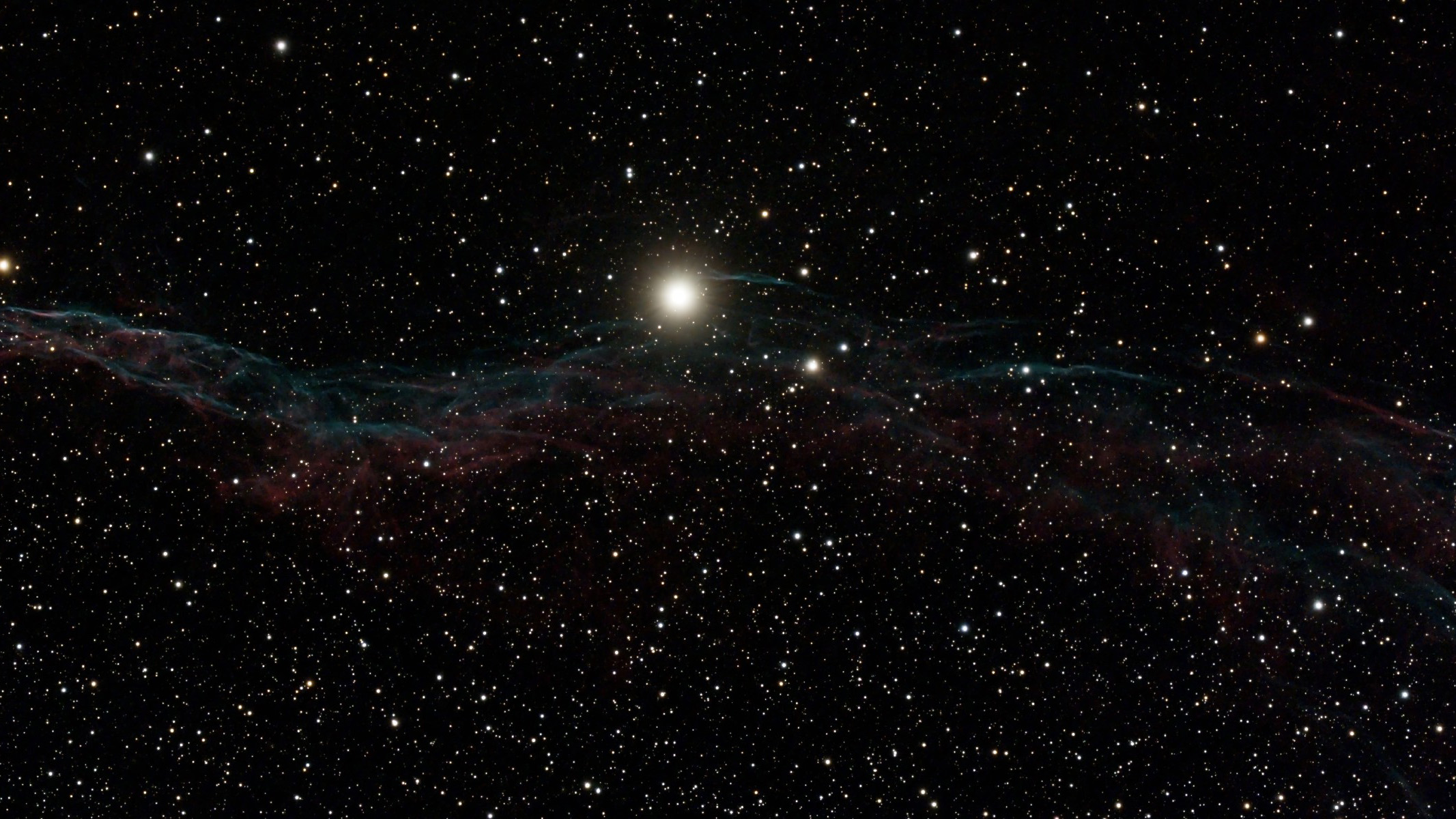
And finally, if you are an advanced astrophotographer with a telescope that fills a large image (big enough for full-frame, rather than APS-C, sensors), you might consider the ZWO ASI2600MC Duo, which has a second sensor, for guiding, mounted right next to the main sensor. With such a camera, you don’t need a guide scope, nor can there be any discrepancy or flexure between the main sensor and the guider. So far, only ZWO offers this functionality, but I expect it to catch on.
Stay Informed With the Latest & Most Important News
Previous Post
Next Post
-
 012024 in Review: Highlights from NASA in Silicon Valley
012024 in Review: Highlights from NASA in Silicon Valley -
 02Panasonic Leica Summilux DG 15mm f/1.7 ASPH review
02Panasonic Leica Summilux DG 15mm f/1.7 ASPH review -
 03From Polymerization-Enabled Folding and Assembly to Chemical Evolution: Key Processes for Emergence of Functional Polymers in the Origin of Life
03From Polymerization-Enabled Folding and Assembly to Chemical Evolution: Key Processes for Emergence of Functional Polymers in the Origin of Life -
 04How New NASA, India Earth Satellite NISAR Will See Earth
04How New NASA, India Earth Satellite NISAR Will See Earth -
 05And Thus Begins A New Year For Life On Earth
05And Thus Begins A New Year For Life On Earth -
 06Astronomy Activation Ambassadors: A New Era
06Astronomy Activation Ambassadors: A New Era -
07SpaceX launch surge helps set new global launch record in 2024












